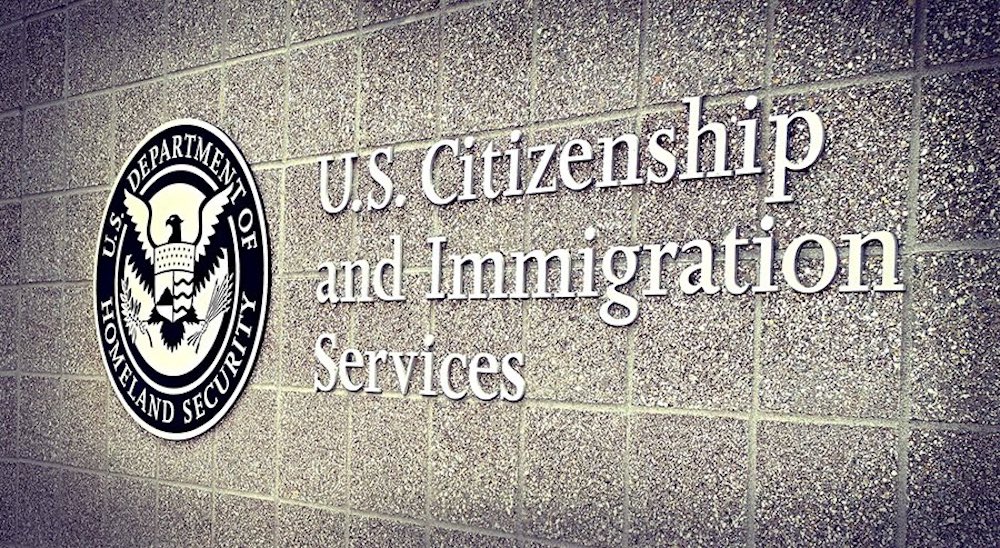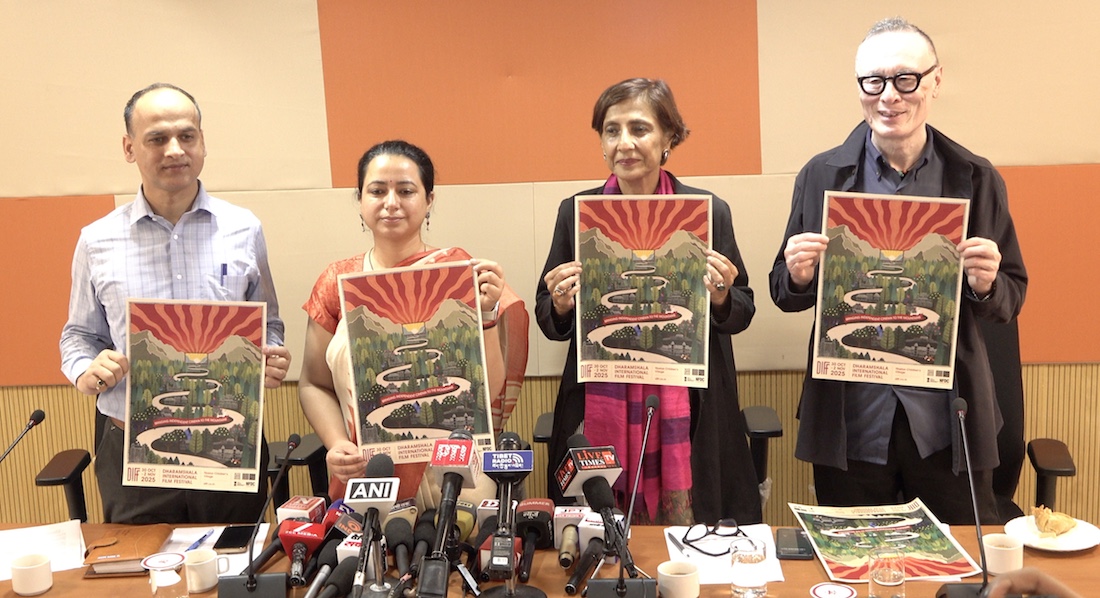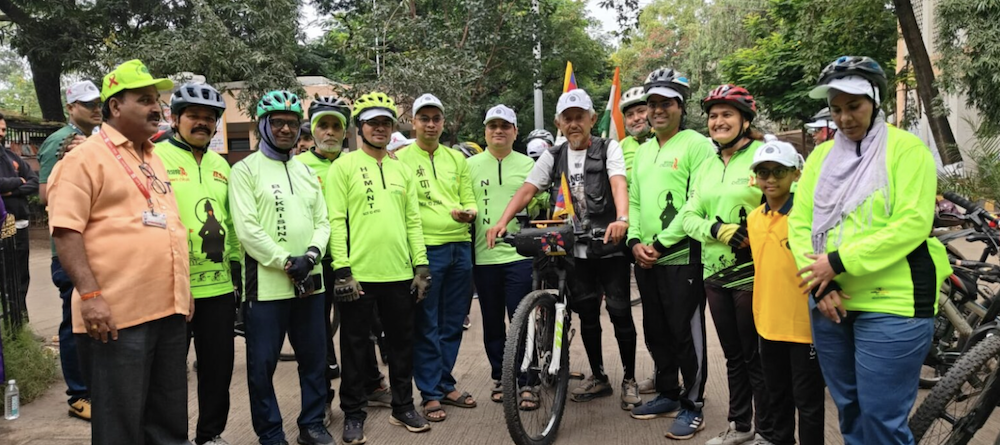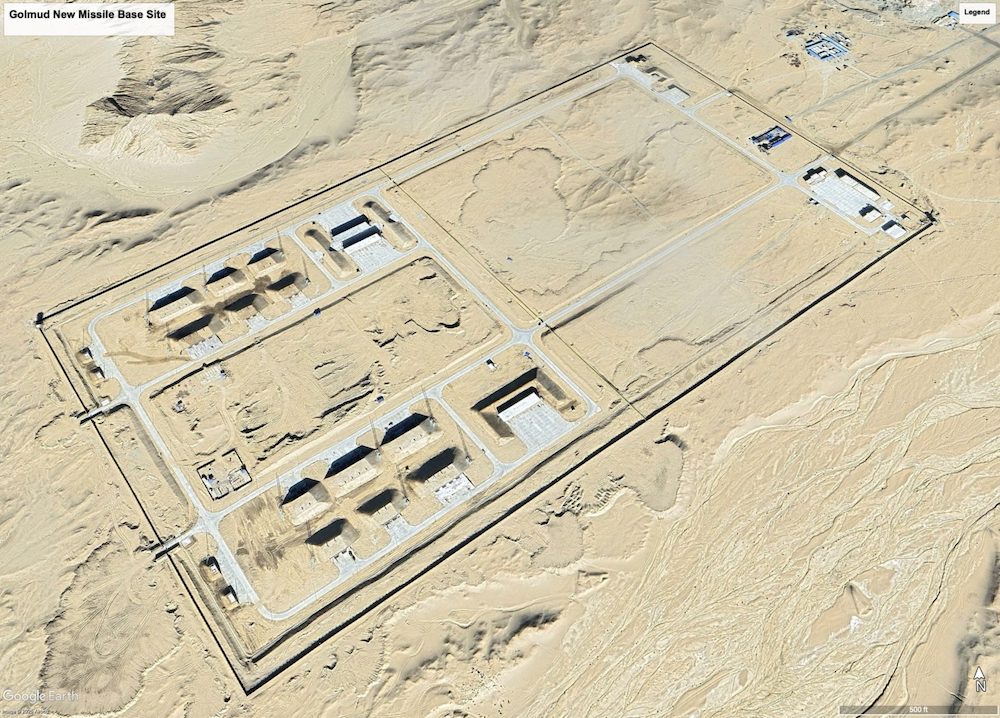The tiny Himalayan kingdom of Bhutan has developed a computer operating system in its national language Dzongkha, thanks to a free software being increasingly used in Asia to localise computing.
Recent laws in the country have enforced the use of Dzongkha — a language from the Sino-Tibetan family – for all official events and communication.
After awaiting a solution from Microsoft, Bhutan’s ministry of information and communication launched the DzongkhaLinux project two and a half years ago.
‘During that period the department of IT was able to build a system with complete support for Dzongkha language. This is based on (the non-proprietary) Linux and the Debian distribution,’ said Christian Perrier.
Perrier is in charge of coordinating the localisation and internationalisation work at Debian, a widely used distribution of free software developed through the collaboration of global volunteers. It is known for its adherence to the Unix and free software philosophies and for its abundance of options.
Launched earlier this month in the capital Thimpu, the DzongkhaLinux system was the result of collaboration with the technical project head, Pema Geyleg, for inclusion of Dzongkha support in Debian Installer.
Dzongkha bears a linguistic relationship to modern Tibetan and both languages share a common ancestor language, which is still used in liturgical contexts.
At the launch, Perrier underlined key aspects of Free Software, especially in the less-affluent countries, and the benefits flowing from openness, independence, ability to preserve the local culture and knowledge or develop a local software and services industry.
He said Buddhist monks in Bhutan’s monasteries could work on their sacred texts on computers instead of copying them by hand.
Perrier, who lives in Grenoble, France, said he would continue his campaign to ‘localise’ computing in more Asian languages.
He was trying to ‘get in touch’ with potential volunteers for Malay and other Malaysian languages, Perrier told IANS.
Bhutan’s 700,000 population has a traditional economy, based on forestry, animal husbandry and subsistence agriculture. Bhutan has also emerged as an exporter of hydroelectricity. Cash crops, tourism, and development aid – mostly from India – also contribute significantly to the GDP.









